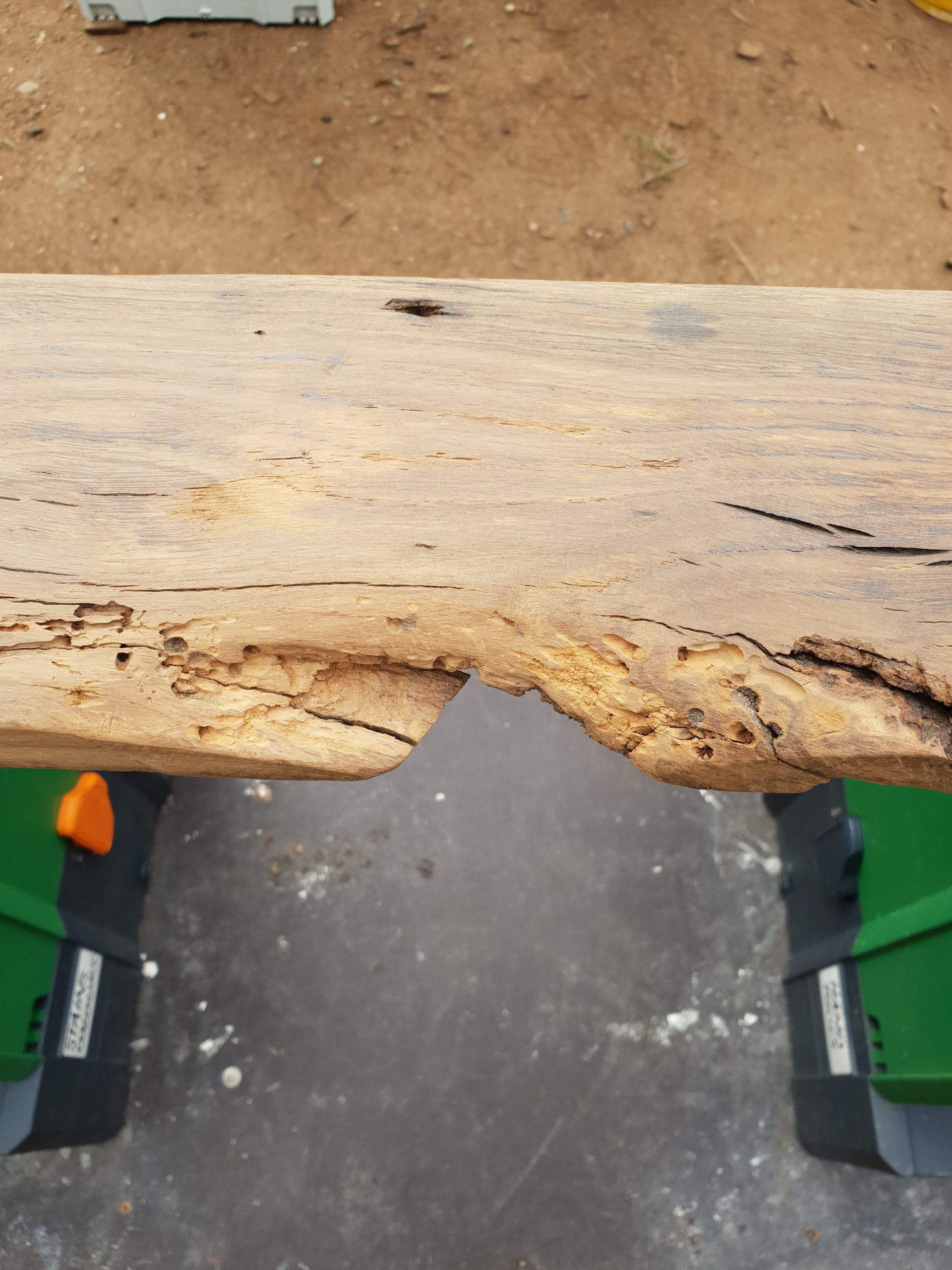“People seldom do what they believe in. They do what is convenient, then repent.” – Bob Dylan

Gentle sanding of Victorian Georgian and older period pine floors
Most companies sand all their floors with a large 8 or 10 inch wide belt walk around floor sanding machine like the Lagler Hummel, Bona Belt, Pallman Cobra or even a drum sander like the eponymous hire shop special Hiretech HT8. These machines are fast to level and clean the floor but they can also remove a large amount of timber making the floor look lighter and feel spongier especially on very thin or very old floors. I sand a large proportion of my floors on my hands and knees using the Lagler Flip edge sander and the Festool Rotex and ETS EC finishing sanders.






This is much harder work, quite literally back breaking, which is why so few companies offer this service. Unfortunately if you want to preserve as much original colour patination or the three dimensional rise and fall of the cupped timbers that undulate like hand made period glass windows then hand sanding is the only way to go. Sometimes the floor would be too thin and flex too much if it were to be sanded by the large belt machines and consequently any filler would fall out prematurely and so in this case, when the floor is around 17mm or less then I always advise hand sanding. In fact I regularly refuse to belt sand floors this thin although I know the next company will happily do it.

Hand sanding and refinishing of 400 year old grade II listed cottage
This wide board pine floor was a real jigsaw of repaired and replaced timbers dating from the 1950s all the way back 100, 200, and 300 years some of which were heavily worm eaten but which I was still able to save. The upstairs, which the owner decided to carpet, contained possibly older oak and elm boards but these were even more worm eaten which led me to believe that the oldest ground floor pine boards were probably a maximum of 250 to 300 years old as softwood is normally munched preferentially to hardwood. I carefully lifted, archived, stored, refitted, sanded and finished the entire ground floor by hand the builders on site undertaking the joist replacement and fitting of insulation.





Sanding by hand preserved as much of the original timber as possible and as far as I recall I managed to save almost every original board of the 55sqm area. I also restored the mahogany hand rails and hand scraped, stripped, sanded and refinished over 150 metres of original oak and elm beams, all with no lights, no heating and indeed no windows, in the winter. Only myself and the lime plasterer were determined enough to brave the conditions. It was far from an easy or pleasant job being quite painful but the result was very pleasing, the customer was especially appreciative at the ‘gentle glow’ coming off his historic woodwork.






Repair hand sanding and restoration of grade II listed Tudor Parsonage
Apparently Oliver Cromwell’s son stayed at the property at one point. After another company let the owner down I was asked at short notice to fully restore the two main living areas one being a recent 20th century pine floor, the other probably containing the oldest pine boards I have sanded possibly being over 300 years old. Boards are aged by their size, the amount of patination, pest damage and pit sawing marks on the reverse. Some of the boards were over 18 inches wide.






Although the building dates back in part to Tudor times I am not sure if pine boards would last that long, maybe they were even older than 300 years but such softwood timber from that era is so rare it is very hard to be sure without scientific analysis. I colour matched the boards and reluctantly stained the floor a mid brown colour, I am not sure what the Conservation Officer thought about that but I would of preferred to tone the newer boards down to the oldest colour boards and leave them more natural. Their gentle undulation preserved by careful hand sanding however alluded to their long history.





Repair hand finishing and waxing of 400 year old reclaimed French oak boards
The owner of this original 17th century Guernsey grain store which also spent part of it’s life as a Guernsey cow milking shed somehow managed to procure the most amazing random width, random length, random thickness up to two inch thick wide board French oak from a former French army tank garrison. I am not sure there is a more characterful timber outside of a museum. It required months of cleaning, repair, hand scraping, sanding, staining and polishing, the results cannot be adequately described until I obtain professional photographs. The job is ongoing.





The boards were cleaned, repaired with non structural cracks left open, hand scraped, cleaned and sanded on my bespoke designed MFT portable worktables and clamping systems. After fitting, glueing, screwing and pelleting the height differences, which were up to a whole inch between boards, were ameliorated by a mixture of hand scraping and sculpting by chisel, scraper and sanding machine. The result after over a dozen sanding processes, staining, colour matching, shellacking and waxing with beeswax and carnauba was quite simply stunning. The considerable level of effort certainly rewarded with what must be one of the most beautiful floors I will ever work on.




Over 1500 six inch hand sanding discs were used for approximately half the floor, anyone who has sanded floors by hand knows how much effort is required in the use of one disc. This level of effort is only undertaken if you strongly believe in the end result.













